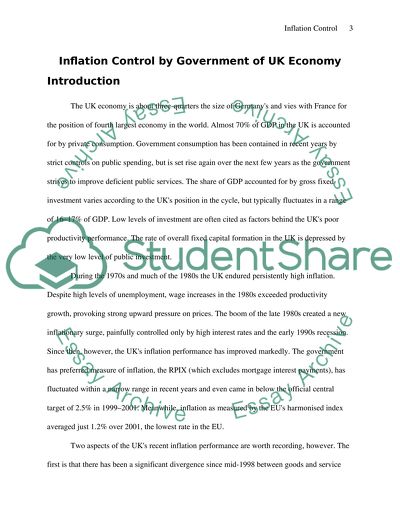Cite this document
(“Inflation Control by Government of UK Economy Essay”, n.d.)
Inflation Control by Government of UK Economy Essay. Retrieved from https://studentshare.org/law/1517502-inflation-control-by-government-of-uk-economy
Inflation Control by Government of UK Economy Essay. Retrieved from https://studentshare.org/law/1517502-inflation-control-by-government-of-uk-economy
(Inflation Control by Government of UK Economy Essay)
Inflation Control by Government of UK Economy Essay. https://studentshare.org/law/1517502-inflation-control-by-government-of-uk-economy.
Inflation Control by Government of UK Economy Essay. https://studentshare.org/law/1517502-inflation-control-by-government-of-uk-economy.
“Inflation Control by Government of UK Economy Essay”, n.d. https://studentshare.org/law/1517502-inflation-control-by-government-of-uk-economy.


